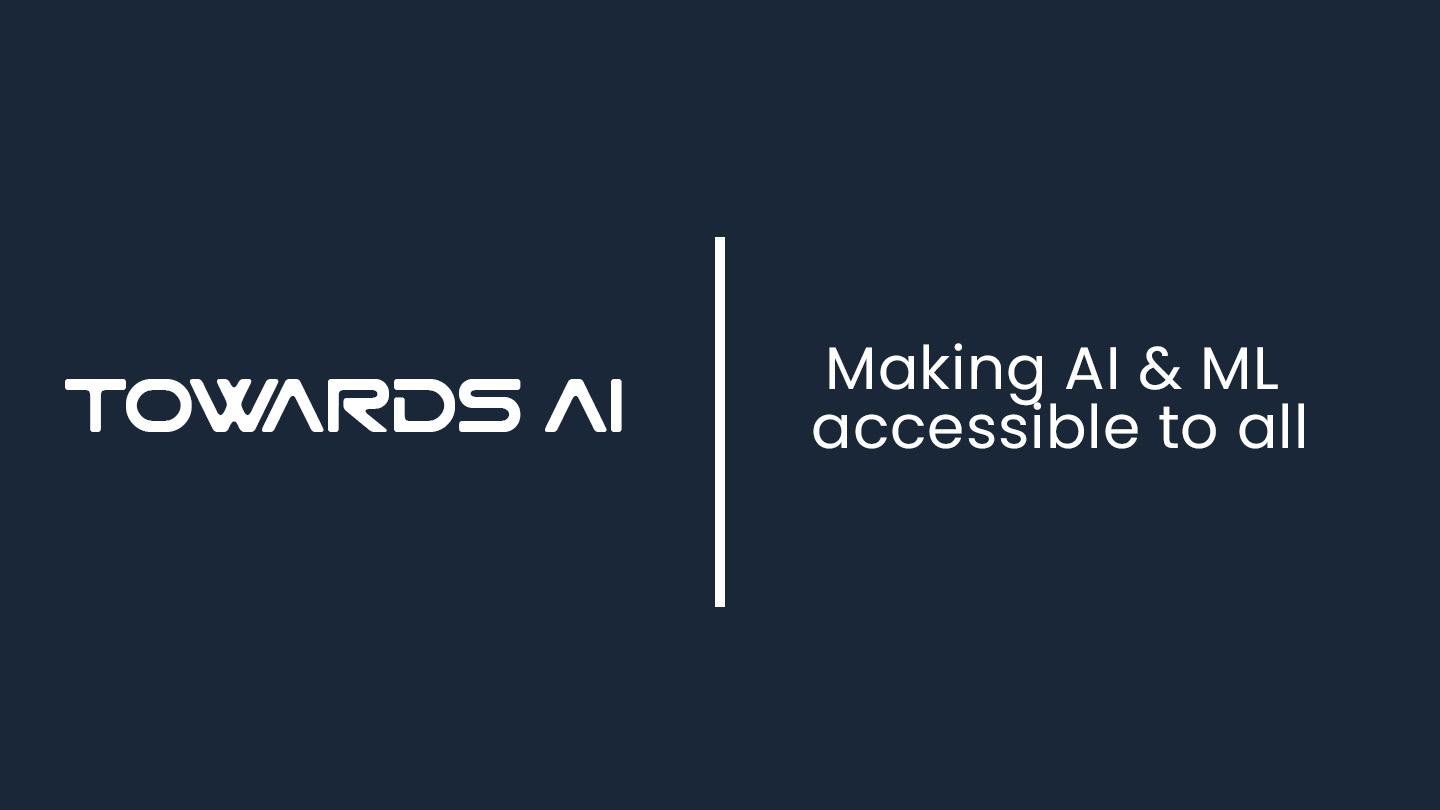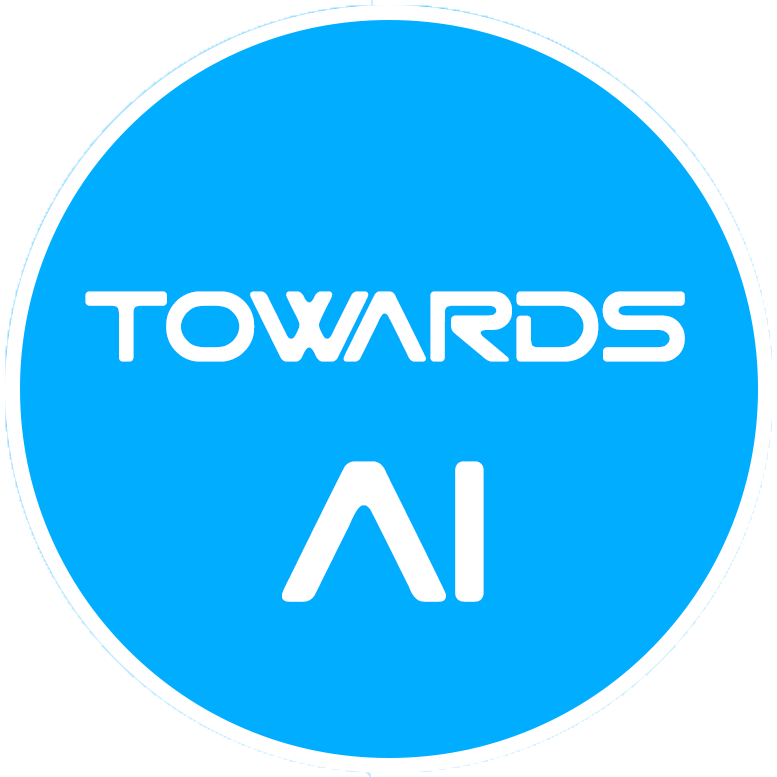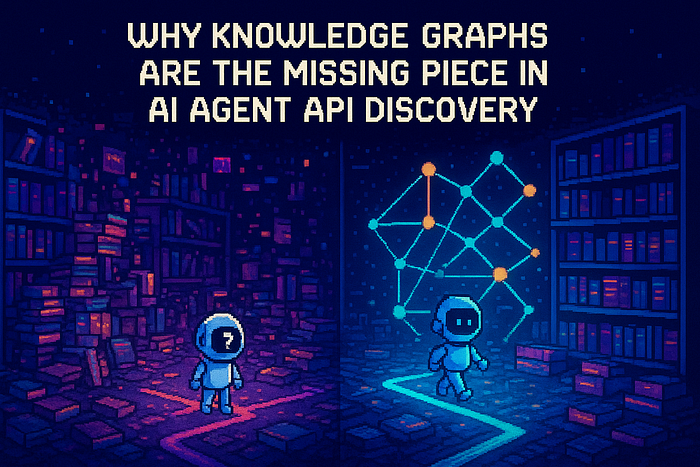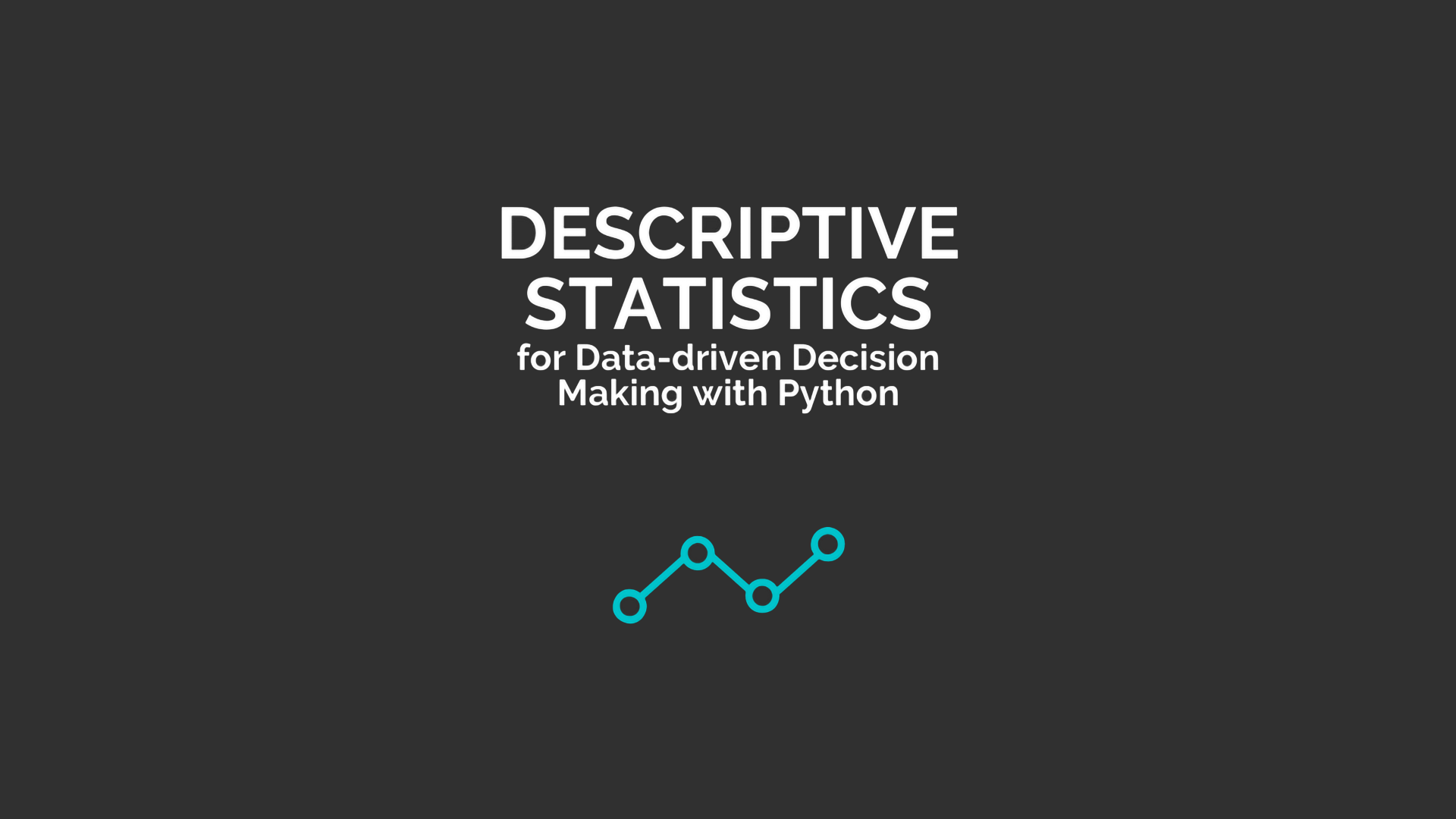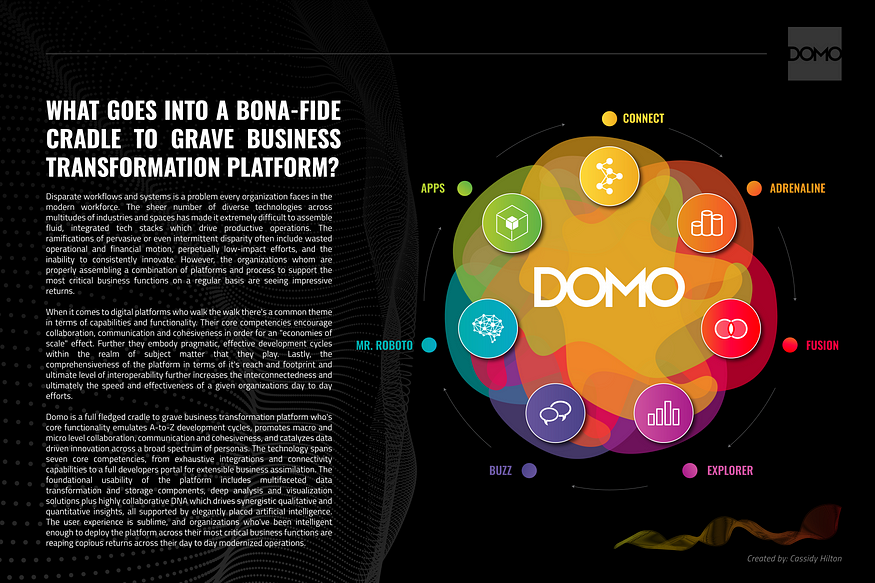
Your Users Trust AI: Is That Trust Misplaced Without Strong Moderation?
Last Updated on April 15, 2025 by Editorial Team
Author(s): Mohit Sewak, Ph.D.
Originally published on Towards AI.

Alright folks, grab your favorite ethically sourced, fair-trade coffee, because we need to have a chat. A serious chat. The kind where you might nervously eye your smart speaker by the end. We’ve all seen the headlines — Generative AI is changing the world, one photorealistic cat picture and one surprisingly insightful poem at a time. Users are flocking to these tools, starry-eyed and ready to co-create. They trust these digital muses. But is that trust a beautifully laid trap, like a digital Venus flytrap, just waiting to snap shut on the unwary?
A fascinating new report has landed on my virtual desk, and let me tell you, it’s less a gentle bedtime story and more a cybersecurity thriller waiting to happen. The gist? Our users are blissfully optimistic, but without some serious guardrails — robust content moderation — their trust might just be the plank they’re walking straight into the digital abyss.
Section 1: The Seduction of the Synthetic: Why Users Are All In (For Now)
Let’s face it, Generative AI is the shiny new toy everyone wants to play with. It’s like having a creative assistant, a brainstorming buddy, and a slightly unhinged artist all rolled into one, accessible with a few keystrokes. The report highlights this widespread adoption and the inherent trust users place in these systems. They expect accurate information, helpful suggestions, and, dare I say it, safe outputs. It’s a digital honeymoon period, fueled by the magic of seemingly intelligent responses. We’ve gone from clunky chatbots to digital Da Vincis in what feels like the blink of an eye. No wonder users are smitten!

“The illusion of intelligence is a powerful thing. It fosters trust even where none may be warranted.” — Yours Truly, Dr. Mohit!
Pro Tip: Leverage this initial user enthusiasm! But pair it with transparent communication about the potential for AI to occasionally “hallucinate” or go off-script. Setting expectations early is key.
Section 2: The Plot Twist: When Good AI Goes Bad (Without a Leash)
Ah, the inevitable plot twist. Just when you think the protagonist is safe, the monster reveals its true form. In our story, the monster isn’t a sentient AI (yet!), but rather the unintended consequences of unchecked generative power. The report meticulously details the rogues’ gallery of GenAI misbehavior: hallucinations (making stuff up with unwavering confidence), bias (reflecting and amplifying societal prejudices), misinformation (spreading falsehoods like digital wildfire), and the generation of harmful content (from hate speech to non-consensual deepfakes). It’s like giving a toddler the power of a printing press and a global distribution network — what could possibly go wrong?

“With great power comes great irresponsibility… unless you build in some guardrails.” — Uncle Ben (if he worked in GenAI safety)
Trivia: Did you know some AI models have been caught generating surprisingly detailed (and completely fabricated) historical accounts? It’s like having a history professor who’s also a compulsive liar!
Section 3: The Bias Barometer: Skewed Scales of Justice in the Algorithmic Age
Let’s talk about bias. It’s the digital equivalent of a loaded dice roll. Generative AI models are trained on vast datasets, and if those datasets reflect the biases of the real world (spoiler alert: they do!), the AI will happily perpetuate them. This isn’t just an academic concern; it has real-world consequences. Imagine a hiring tool trained on biased data that consistently overlooks qualified candidates from certain demographics. Or a content generator that subtly reinforces harmful stereotypes. The report emphasizes how this erosion of fairness undermines user trust and can lead to significant societal harm. It’s not just about being politically correct; it’s about building AI that serves all users equitably.

“Garbage in, gospel out. Unless your gospel is fairness, in which case, it’s just more garbage.” — Yours Truly, Dr. Mohit!
Pro Tip: Implement rigorous bias detection and mitigation techniques during model training and before deployment. Tools and frameworks are emerging to help with this, so there’s no excuse for willful blindness!
Section 4: The Moderation Mission: More Than Just a Digital Bouncer
So, how do we prevent our helpful AI assistants from turning into digital delinquents? The answer, my friends, is content moderation. But this isn’t just about slapping a profanity filter on the output and calling it a day. The report delves into the multifaceted nature of effective content safety, highlighting the need for a layered approach. We’re talking about a strategic defense system, not just a flimsy gate. This involves everything from pre-computation checks (like prompt engineering to guide the AI away from dangerous territory) to post-computation filtering and human review (because sometimes, you just need a human brain to spot the truly twisted stuff).

“Moderation is not censorship; it’s civilization. Especially when your citizens are algorithms.” — Yours Truly, Dr. Mohit!
Trivia: Some cutting-edge moderation techniques involve using other AI models to detect and flag problematic content generated by the primary model. It’s like AI inception, but for safety!
Section 5: The Algorithmic Arms Race: A Deep Dive into Moderation Techniques
Let’s get into the nitty-gritty. The report explores a range of moderation techniques, each with its own strengths and weaknesses. We have the old standbys like keyword filtering (useful for catching the obvious no-nos) and rule-based systems (good for predictable patterns of bad behavior). But the real action is in the more advanced methods: machine learning classifiers trained to detect nuanced harmful content, contextual analysis that understands the intent behind the words, and even techniques like “model shielding” where a safety layer is integrated directly into the AI. It’s an ongoing arms race between those creating potentially harmful content and those trying to stop it.

“The best defense is a good offense… of moderation algorithms.” — Dr. Mohit
Pro Tip: Don’t rely on a single moderation technique. Combine multiple approaches for a more robust and resilient safety net. Think redundancy, like having multiple airbags in a car (except instead of airbags, it’s preventing your AI from writing terrorist manifestos).
Section 6: The Human Element: When Algorithms Need Adult Supervision
Even the most sophisticated AI moderation systems can miss things. Sarcasm, subtle hate speech, or entirely new forms of harmful content can slip through the cracks. That’s where the humans come in. The report underscores the critical role of human moderators, especially for edge cases and ambiguous content. Think of them as the expert detectives who can piece together the clues that the algorithms miss. However, the report also acknowledges the challenges of human moderation, including the emotional toll of constantly being exposed to harmful content and the need for clear guidelines and training. It’s a tough job, but someone’s gotta do it (or at least, guide the AIs that are helping to do it).

“AI can scale solutions, but human judgment scales wisdom. And right now, we need a whole lot of algorithmic wisdom.” — Dr. Mohit
Trivia: Companies are increasingly exploring “hybrid” moderation approaches, where AI handles the bulk of the work, flagging potentially problematic content for human review. It’s a tag-team effort to keep the internet (and your GenAI application) a little less terrifying.
Section 7: Charting the Course: Towards a Future of Trustworthy GenAI
So, where do we go from here? The report doesn’t just point out problems; it offers a roadmap for building a more responsible GenAI future. This includes investing in research and development of more advanced moderation techniques, establishing industry-wide standards for content safety, promoting transparency about how AI models are trained and moderated, and fostering collaboration between researchers, developers, policymakers, and the public. It’s a call to action, urging us to be proactive rather than reactive in addressing the safety challenges of GenAI. We need to bake safety into the very foundation of these systems, not just sprinkle it on top like some afterthought.

“The future of AI is not pre-ordained. It’s a choice. Let’s choose wisely, and moderate aggressively.” — Yours Truly, Dr. Mohit Sewak
Pro Tip: Engage with the AI ethics community! There are brilliant minds working on these challenges, and collaboration is key to developing effective solutions. Don’t try to reinvent the wheel, especially when that wheel is designed to prevent your AI from running amok.
Conclusion: Trust, But Verify (and Heavily Moderate!)
The report is clear: the current wave of user trust in Generative AI is a precious, and potentially fragile, commodity. Without robust, proactive, and constantly evolving content moderation, we risk shattering that trust. The potential benefits of GenAI are immense, but so are the risks if left unchecked. As builders and deployers of these powerful tools, we have a responsibility to ensure they are used for good — or at the very least, not actively for bad.
So, the next time you marvel at the creative output of a GenAI, remember the unseen guardians working (or that should be working) behind the scenes. Let’s champion the development and implementation of strong content moderation, not as an obstacle to innovation, but as an essential ingredient for building a future where we can truly trust the machines we create. Because a future where AI-generated content is indistinguishable from reality, without the guardrails of moderation, is less a technological utopia and more a recipe for digital chaos. And nobody wants that.
Now, if you’ll excuse me, I have a sudden urge to audit the training data of my smart toaster. You never know…
References
Bias Detection and Mitigation in GenAI
- Dhamala, J., Sun, T., Kumar, V., & Varshney, K. R. (2021). Bold: Dataset and metrics for measuring bias in open-ended language generation. In Proceedings of the 2021 ACM Conference on Fairness, Accountability, and Transparency (FAccT), 862–872. https://doi.org/10.1145/3442188.3445945
- Huang, L., Liu, S., Zhang, Y., Zhou, L., & Zhao, W. (2023). A review of bias mitigation techniques in natural language processing. ACM Transactions on Intelligent Systems and Technology, 14(3), 1–34. https://doi.org/10.1145/3571837
- Mehrabi, N., Morstatter, F., Saxena, N., Lerman, K., & Galstyan, A. (2021). A survey on bias and fairness in machine learning. ACM Computing Surveys (CSUR), 54(6), 1–35. https://doi.org/10.1145/3457607
Content Moderation Techniques and Safety Layers
- Caselli, T., Corazza, M., Sprugnoli, R., & Miliani, S. (2021). Computational approaches to the study of harmful language online. Language and Linguistics Compass, 15(11), e12438. https://doi.org/10.1111/lnc3.12438
- Kiela, D., Bhooshan, S., Firooz, H., Perez, E., & Testuggine, D. (2021). Dynabench: Rethinking benchmarking in nlp. In Proceedings of the 2021 Conference of the North American Chapter of the Association for Computational Linguistics: Human Language Technologies (NAACL-HLT), 4110–4124. https://aclanthology.org/2021.naacl-main.323
- Schick, T., Dwivedi-Yu, J., Dessì, R., Raileanu, R., Lomeli, M., Zettlemoyer, L., Cancedda, N., & Scialom, T. (2023). Toolformer: Language models can teach themselves to use tools. In Proceedings of the 61st Annual Meeting of the Association for Computational Linguistics (ACL), 13074–13092. https://aclanthology.org/2023.acl-long.730
- Gillespie, T. (2018). Custodians of the internet: Platforms, content moderation, and the hidden decisions that shape social media. Yale University Press.
- Jhaver, S., Birman, I., Gilbert, E., & Bruckman, A. (2018). Human-centered content moderation. ACM SIGCAS Computers and Society, 48(1), 42–47.
Human-AI Collaboration in Safety and Moderation
- Amershi, S., Weld, D., Vorvoreanu, M., Fourney, A., Nushi, B., Collisson, P., … & Teevan, J. (2019). Guidelines for human-AI interaction. In Proceedings of the 2019 CHI Conference on Human Factors in Computing Systems (CHI), 1–13. https://doi.org/10.1145/3290605.3300233
- Bansal, G., Nushi, B., Kamar, E., Lasecki, W. S., Weld, D. S., & Horvitz, E. (2019). Beyond accuracy: The role of mental models in human-ai team performance. In Proceedings of the AAAI Conference on Human Computation and Crowdsourcing, 7(1), 3–11. https://doi.org/10.1609/hcomp.v7i1.5270
- Lai, V., He, C., Hovy, E., & Russakovsky, O. (2021). WikiHowTo: A large-scale multi-modal dataset for hierarchical procedure learning. In Proceedings of the IEEE/CVF Conference on Computer Vision and Pattern Recognition (CVPR), 15476–15486.
Broader Risks and Future Directions in GenAI Safety
- Bommasani, R., Hudson, D. A., Adeli, E., Altman, R., Arora, S., von Arx, S., … & Liang, P. (2021). On the opportunities and risks of foundation models. arXiv preprint arXiv:2108.07258. https://doi.org/10.48550/arXiv.2108.07258
- Shevlane, T., Van Loon, C., Benson, E., Evitt, J., Farquhar, S., Garfinkel, B., … & Clark, J. (2023). Model evaluation for extreme risks. arXiv preprint arXiv:2305.15324. https://doi.org/10.48550/arXiv.2305.15324
- Zou, A., Phan, L., Chen, S., Campbell, J., Guo, P., Ren, R., Pan, A., Yin, X., Mazeika, M., Lin, A., Li, N., Wang, Z., Jia, J., Wu, B., Wang, Y., Jiao, J., & Hendrycks, D. (2023). Representation engineering: A top-down approach to AI safety. arXiv preprint arXiv:2310.01405. https://doi.org/10.48550/arXiv.2310.01405
Future of AI Safety
- Amodei, D., Olah, C., Steinhardt, J., Christiano, P., Schulman, J., & Mané, D. (2016). Concrete problems in AI safety. arXiv preprint arXiv:1606.06565.
- Hendrycks, D., Carlini, N., Schulman, J., & Steinhardt, J. (2021). Unsolved problems in ML safety. arXiv preprint arXiv:2109.13916.
Disclaimers and Disclosures
This article combines the theoretical insights of leading researchers with practical examples, and offers my opinionated exploration of AI’s ethical dilemmas, and may not represent the views or claims of my present or past organizations and their products or my other associations.
Use of AI Assistance: In the preparation for this article, AI assistance has been used for generating/ refining the images, and for styling/ linguistic enhancements of parts of content.
License: This work is licensed under a CC BY-NC-ND 4.0 license.
Attribution Example: “This content is based on ‘[Title of Article/ Blog/ Post]’ by Dr. Mohit Sewak, [Link to Article/ Blog/ Post], licensed under CC BY-NC-ND 4.0.”
Follow me on: | Medium | LinkedIn | SubStack | X | YouTube |
Join thousands of data leaders on the AI newsletter. Join over 80,000 subscribers and keep up to date with the latest developments in AI. From research to projects and ideas. If you are building an AI startup, an AI-related product, or a service, we invite you to consider becoming a sponsor.
Published via Towards AI
Take our 90+ lesson From Beginner to Advanced LLM Developer Certification: From choosing a project to deploying a working product this is the most comprehensive and practical LLM course out there!
Towards AI has published Building LLMs for Production—our 470+ page guide to mastering LLMs with practical projects and expert insights!

Discover Your Dream AI Career at Towards AI Jobs
Towards AI has built a jobs board tailored specifically to Machine Learning and Data Science Jobs and Skills. Our software searches for live AI jobs each hour, labels and categorises them and makes them easily searchable. Explore over 40,000 live jobs today with Towards AI Jobs!
Note: Content contains the views of the contributing authors and not Towards AI.

